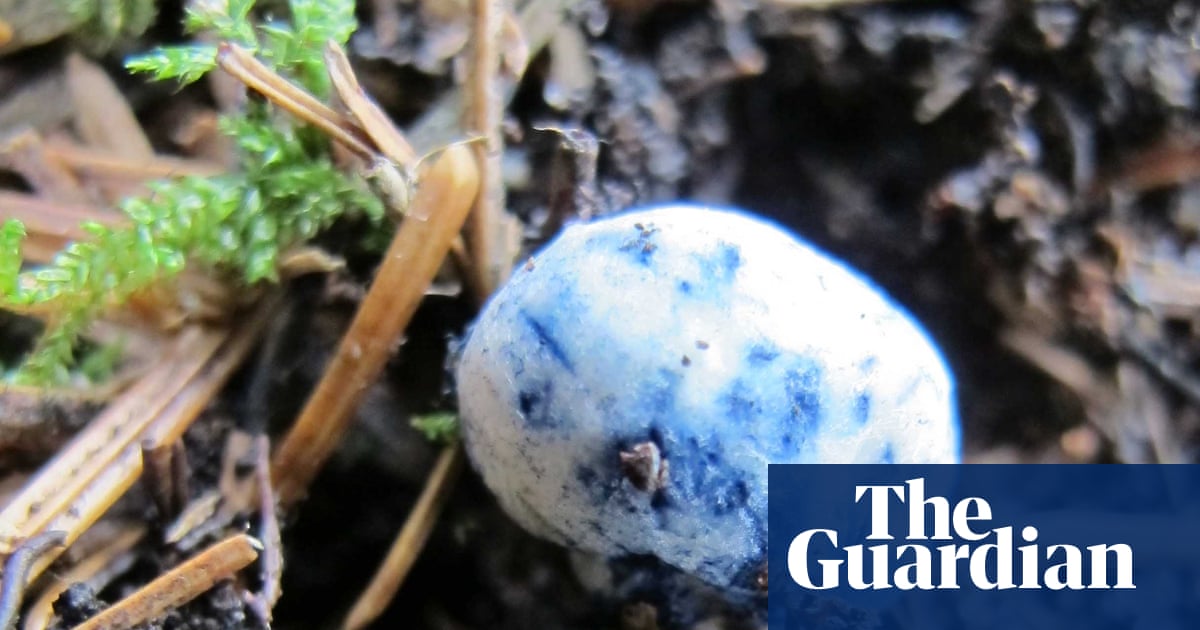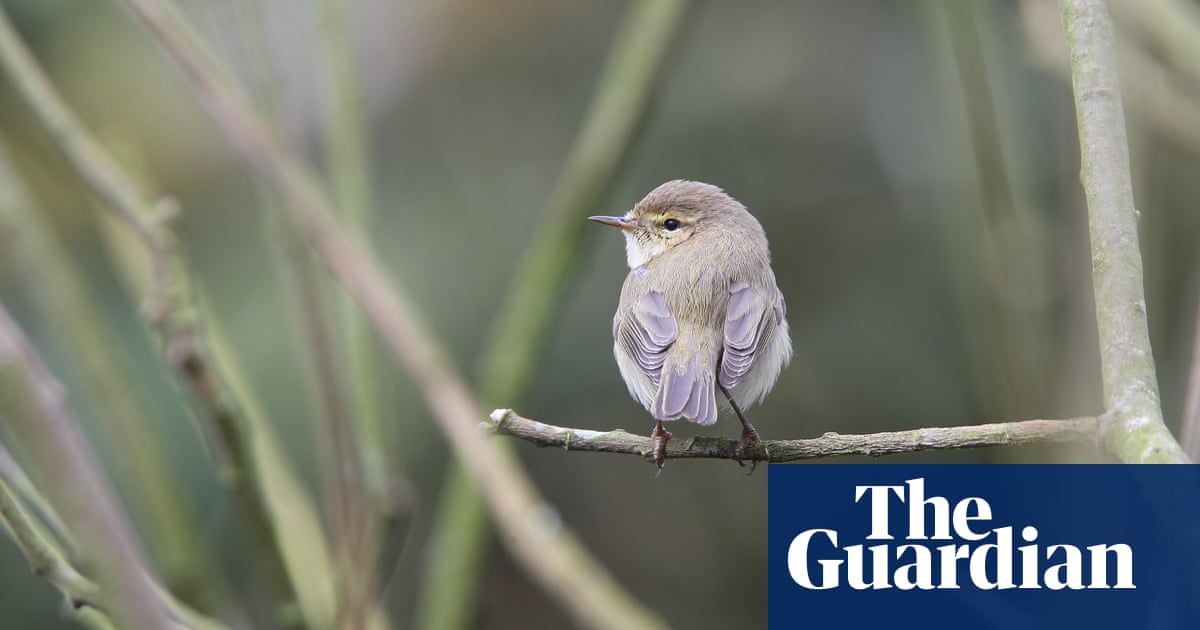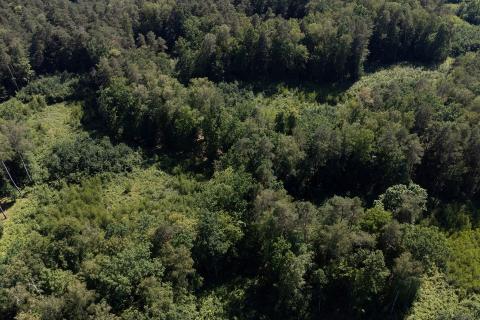
Naturalists have found a very rare type of truffle living in a Scottish forestry plantation which is being cut down so a natural Atlantic rainforest can grow in its place.
The discovery of the globally rare fungus near Creagan in the west Highlands has thrown up a paradox: the work to remove the non-native Sitka spruce, to allow rewilding by native trees, means the truffle will be lost.
Chamonixia caespitosa, a type of truffle normally found in the Alps and Scandinavia, has only been recorded once before in the UK, in north Wales, seven years ago. Inedible to humans, it has a symbiotic relationship specific to this species of spruce. When it ripens, its white fruit turns a mottled blue in contact with the air.
The naturalists involved are puzzled about how it arrived in Scotland; it is very unusual for fungus spores to travel to the UK on the wind, and the UK’s Sitka plantations were grown from seeds originally imported from Canada.
But the discovery of the truffle and the imminent destruction of its home has sparked a hunt by other fungus experts to see if its DNA or fully formed truffles can be found elsewhere in Scotland.
Dr Andy Taylor, a molecular fungal ecologist at the James Hutton Institute who detected the truffle, thinks it probably is more widespread. “It’s fascinating as we’ve found an alien species of fungus growing in an alien tree.
“The real crux of it is that the fungus is incredibly rare globally, so it does raise the question: do we have some responsibility to make sure it survives because we don’t know its distribution? I suspect, because where it is growing is a relatively common habitat, it might be elsewhere.”
Finding the truffle’s DNA enabled Taylor to persuade Forestry and Land Scotland, the state-owned forestry agency that owns the site, to support an innovative new project to properly study soil species in other plantations.
Sitka spruce plantations are notorious among conservationists because, as densely packed non-native monocultures, they support few other species. Many critics regard them as ecologically dead.
Taylor said the soils in these plantations could be richer than realised. He believes he is the only mycologist to ever study the species that populate Sitka forests below ground. The truffles have a reciprocal relationship with their host trees: they provide nutrients to the spruce and draw sugars from the tree in return.
“We know so little about the soil biodiversity in these old systems that we could find all sorts of new things,” he said.












